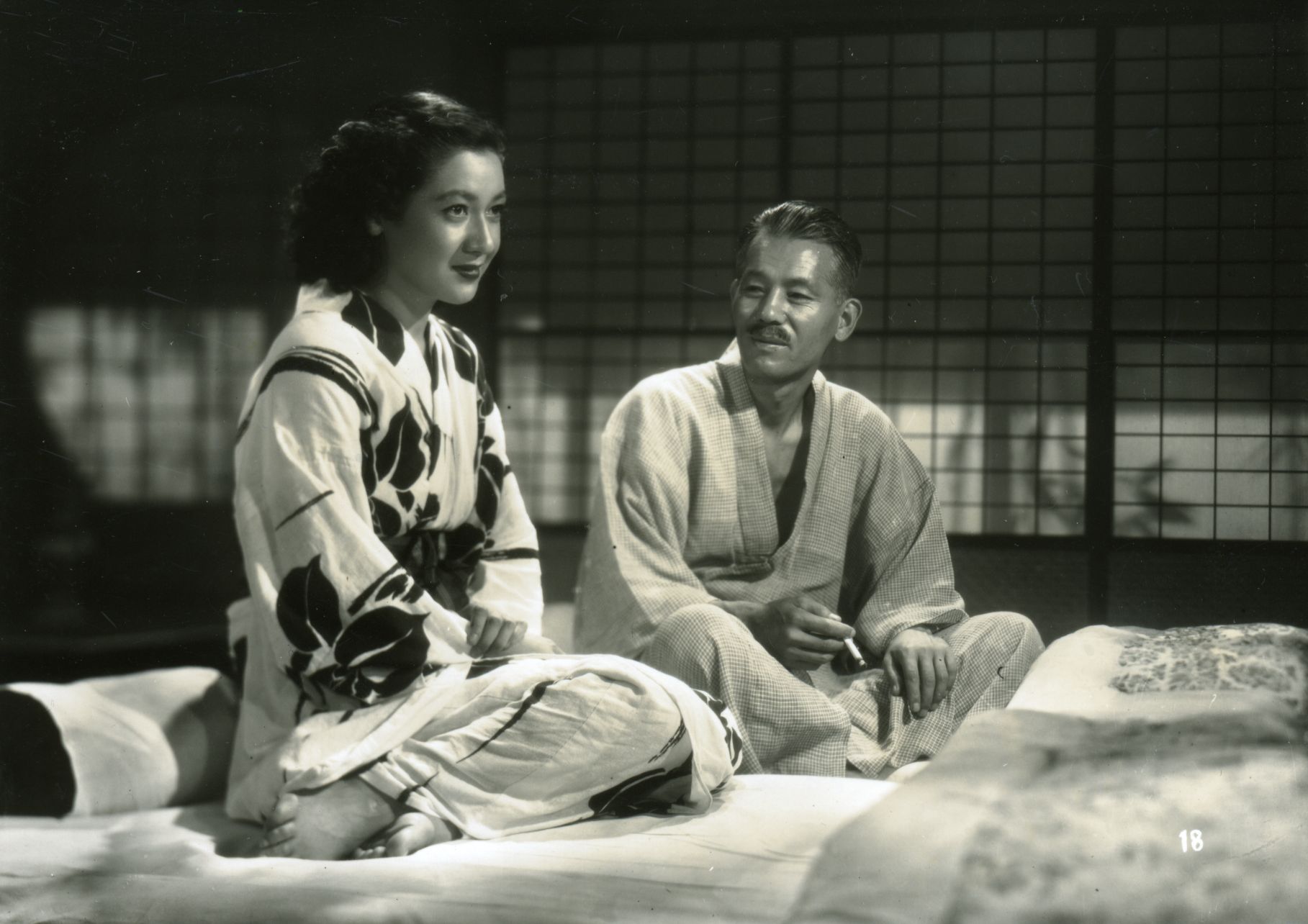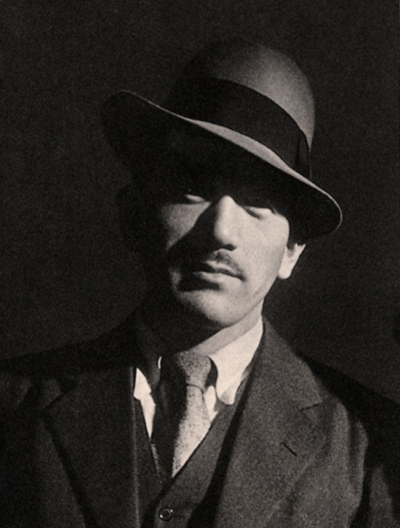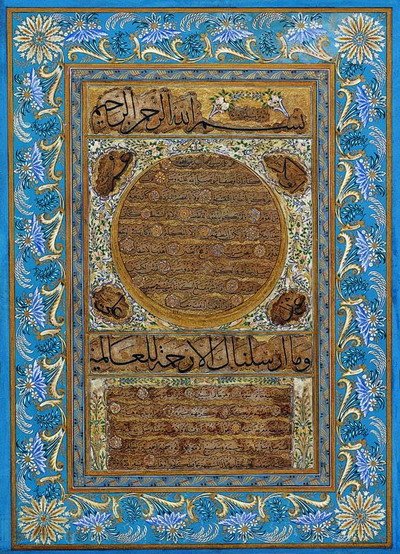|
Ellipsis (narrative Device)
Ellipsis is the narrative device of omitting a portion of the sequence of events, allowing the reader to fill in the narrative gaps. Aside from its literary use, the ellipsis has a counterpart in film production. It is there to suggest an action by simply showing what happens before and after what is observed. The vast majority of films use ellipses to clear actions that add nothing to the narrative. Beyond these "convenience" ellipses, ellipses are also used to advance the story. Description An ellipsis in narrative leaves out a portion of the story. This can be used to condense time, or as a stylistic method to allow the reader to fill in the missing portions of the narrative with their imagination. Ellipsis was also used in literature, as in the modernist works of Ernest Hemingway who pioneered the Iceberg Theory, also known as the theory of omission. Virginia Woolf's novel ''To the Lighthouse'' contains famous examples of literary ellipses. Between the first and second parts of ... [...More Info...] [...Related Items...] OR: [Wikipedia] [Google] [Baidu] |
Narrative
A narrative, story, or tale is any account of a series of related events or experiences, whether nonfictional (memoir, biography, news report, documentary, travel literature, travelogue, etc.) or fictional (fairy tale, fable, legend, thriller (genre), thriller, novel, etc.). Narratives can be presented through a sequence of written or spoken words, through still or moving images, or through any combination of these. The word derives from the Latin verb ''narrare'' (to tell), which is derived from the adjective ''gnarus'' (knowing or skilled). Narration (i.e., the process of presenting a narrative) is a rhetorical modes, rhetorical mode of discourse, broadly defined (and paralleling argumentation, description, and exposition (narrative), exposition), is one of four rhetorical modes of discourse. More narrowly defined, it is the fiction-writing mode in which a narrator communicates directly to an audience. The school of literary criticism known as Russian formalism has applied metho ... [...More Info...] [...Related Items...] OR: [Wikipedia] [Google] [Baidu] |
A Space Odyssey (film)
''2001: A Space Odyssey'' is a 1968 science fiction novel written by Arthur C. Clarke and the 1968 film directed by Stanley Kubrick. It is a part of Clarke's ''Space Odyssey'' series, the first of four novels and two films. Both the novel and the film are partially based on Clarke's 1948 short story " The Sentinel", an entry in a BBC short story competition, and "Encounter in the Dawn", published in 1953 in the magazine ''Amazing Stories''. Resources After deciding on Clarke's 1948 short story "The Sentinel" as the starting point, and with the themes of man's relationship with the universe in mind, Clarke sold Kubrick five more of his stories to use as background materials for the film. These included "Breaking Strain", "Out of the Cradle, Endlessly Orbiting...", "Who's There?", "Into the Comet", and "Before Eden". Additionally, important elements from two more Clarke stories, "Encounter in the Dawn" and (to a somewhat lesser extent) "Rescue Party", made their way into ... [...More Info...] [...Related Items...] OR: [Wikipedia] [Google] [Baidu] |
Late Spring
is a 1949 Japanese drama film directed by Yasujirō Ozu and written by Ozu and Kogo Noda, based on the short novel ''Father and Daughter'' (''Chichi to musume'') by the 20th-century novelist and critic Kazuo Hirotsu. The film was written and shot during the Allied Powers' Occupation of Japan and was subject to the Occupation's official censorship requirements. Starring Chishū Ryū, who was featured in almost all of the director's films, and Setsuko Hara, marking her first of six appearances in Ozu's work, it is the first installment of Ozu’s so-called "Noriko trilogy", succeeded by ''Early Summer'' (''Bakushu'', 1951) and ''Tokyo Story'' (''Tokyo Monogatari'', 1953); in each of which Hara portrays a young woman named Noriko, though the three Norikos are distinct, unrelated characters, linked primarily by their status as single women in postwar Japan.The surnames of the three Norikos in ''Late Spring'', ''Early Summer'' and ''Tokyo Story'' are, respectively, Somiya, Mamiya a ... [...More Info...] [...Related Items...] OR: [Wikipedia] [Google] [Baidu] |
Yasujirō Ozu
was a Japanese film director and screenwriter. He began his career during the era of silent films, and his last films were made in colour in the early 1960s. Ozu first made a number of short comedies, before turning to more serious themes in the 1930s. The most prominent themes of Ozu's work are marriage and family, especially the relationships between generations. His most widely beloved films include ''Late Spring'' (1949), ''Tokyo Story'' (1953), and ''An Autumn Afternoon'' (1962). Widely regarded as one of the world's greatest and most influential filmmakers, Ozu's work has continued to receive acclaim since his death. In the 2012 ''Sight & Sound'' poll, Ozu's ''Tokyo Story'' was voted the third-greatest film of all time by critics world-wide. In the same poll, ''Tokyo Story'' was voted the greatest film of all time by 358 directors and film-makers world-wide. Biography Early life Ozu was born in the Fukagawa, Tokyo, the second son of merchant Toranosuke Ozu and his wife ... [...More Info...] [...Related Items...] OR: [Wikipedia] [Google] [Baidu] |
Japan
Japan ( ja, 日本, or , and formally , ''Nihonkoku'') is an island country in East Asia. It is situated in the northwest Pacific Ocean, and is bordered on the west by the Sea of Japan, while extending from the Sea of Okhotsk in the north toward the East China Sea, Philippine Sea, and Taiwan in the south. Japan is a part of the Ring of Fire, and spans Japanese archipelago, an archipelago of List of islands of Japan, 6852 islands covering ; the five main islands are Hokkaido, Honshu (the "mainland"), Shikoku, Kyushu, and Okinawa Island, Okinawa. Tokyo is the Capital of Japan, nation's capital and largest city, followed by Yokohama, Osaka, Nagoya, Sapporo, Fukuoka, Kobe, and Kyoto. Japan is the List of countries and dependencies by population, eleventh most populous country in the world, as well as one of the List of countries and dependencies by population density, most densely populated and Urbanization by country, urbanized. About three-fourths of Geography of Japan, the c ... [...More Info...] [...Related Items...] OR: [Wikipedia] [Google] [Baidu] |
Point-of-view Shot
A point of view shot (also known as POV shot, first-person shot or a subjective camera) is a short film scene that shows what a character (the subject) is looking at (represented through the camera). It is usually established by being positioned between a shot of a character looking at something, and a shot showing the character's reaction (see shot reverse shot). The technique of POV is one of the foundations of film editing. Subjectives A POV shot need not be the strict point-of-view of an actual single character in a film. Sometimes the point-of-view shot is taken over the shoulder of the character (third person), who remains visible on the screen. Sometimes a POV shot is "shared" ("dual" or "triple"), i.e. it represents the joint POV of two (or more) characters. Point-of-view, or simply p.o.v., camera angles record the scene from a particular player's viewpoint. The point-of-view is an objective angle, but since it falls between the objective and subjective angle, it shou ... [...More Info...] [...Related Items...] OR: [Wikipedia] [Google] [Baidu] |
Depictions Of Muhammad
The permissibility of depictions of Muhammad in Islam has been a contentious issue. Oral and written descriptions of Muhammad are readily accepted by all traditions of Islam, but there is disagreement about visual depictions. The Quran does not explicitly or implicitly forbid images of Muhammad. The hadith, ahadith (supplemental teachings) present an ambiguous picture, but there are a few that have explicitly prohibited Muslims from creating visual depictions of human figures. It is agreed on all sides that there is no authentic visual tradition (pictures created during Muhammad's lifetime) as to the appearance of Muhammad, although there are early legends of portraits of him, and written physical descriptions whose authenticity is often accepted. The question of whether images in Islamic art, including those depicting Muhammad, can be considered as religious art remains a matter of contention among scholars. They appear in illustrated books that are normally works of history or ... [...More Info...] [...Related Items...] OR: [Wikipedia] [Google] [Baidu] |
The Message (1976 Film)
''The Message'' ( ar, الرسالة, italic=yes, ''Ar-Risālah'', ''The Message''; originally known as ''Mohammad, Messenger of God'') is a 1976 Islamic epic drama film directed and produced by Moustapha Akkad, chronicling the life and times of the Islamic prophet Muhammad through the perspective of his uncle Hamza ibn Abdul-Muttalib and adopted son Zayd ibn Harithah. Released in separately filmed Arabic- and English-language versions, ''The Message'' serves as an introduction to early Islamic history. The international ensemble cast includes Anthony Quinn, Irene Papas, Michael Ansara, Johnny Sekka, Michael Forest, André Morell, Garrick Hagon, Damien Thomas, and Martin Benson. It was an international co-production between Libya, Morocco, Lebanon, Syria and the United Kingdom. The film was nominated for Best Original Score in the 50th Academy Awards, composed by Maurice Jarre, but lost the award to ''Star Wars'' (composed by John Williams). Then-Libyan leader Muammar al-G ... [...More Info...] [...Related Items...] OR: [Wikipedia] [Google] [Baidu] |
Match Cut
In film, a match cut is a cut from one shot to another where the composition of the two shots are matched by the action or subject and subject matter. For example, in a duel a shot can go from a long shot on both contestants via a cut to a medium closeup shot of one of the duellists. The cut matches the two shots and is consistent with the logic of the action. This is a standard practice in film-making, to produce a seamless reality-effect. Wider context Match cuts form the basis for continuity editing, such as the ubiquitous use of match on action. Continuity editing smooths over the inherent discontinuity of shot changes to establish a logical coherence between shots. Even within continuity editing, though, the match cut is a contrast both with cross-cutting between actions in two different locations that are occurring simultaneously, and with parallel editing, which draws parallels or contrasts between two different time-space locations. A graphic match (as opposed to a gr ... [...More Info...] [...Related Items...] OR: [Wikipedia] [Google] [Baidu] |
Stanley Kubrick
Stanley Kubrick (; July 26, 1928 – March 7, 1999) was an American film director, producer, screenwriter, and photographer. Widely considered one of the greatest filmmakers of all time, his films, almost all of which are adaptations of novels or short stories, cover a wide range of genres and are noted for their innovative cinematography, Black comedy, dark humor, realistic attention to detail and extensive set designs. Kubrick was raised in the Bronx, New York City, and attended William Howard Taft High School (New York City), William Howard Taft High School from 1941 to 1945. He received average grades but displayed a keen interest in literature, photography, and film from a young age, and taught himself all aspects of film production and directing after graduating from high school. After working as a photographer for ''Look (American magazine), Look'' magazine in the late 1940s and early 1950s, he began making short films on shoestring budgets, and made his first major Ho ... [...More Info...] [...Related Items...] OR: [Wikipedia] [Google] [Baidu] |
Ernest Hemingway
Ernest Miller Hemingway (July 21, 1899 – July 2, 1961) was an American novelist, short-story writer, and journalist. His economical and understated style—which he termed the iceberg theory—had a strong influence on 20th-century fiction, while his adventurous lifestyle and public image brought him admiration from later generations. Hemingway produced most of his work between the mid-1920s and the mid-1950s, and he was awarded the 1954 Nobel Prize in Literature. He published seven novels, six short-story collections, and two nonfiction works. Three of his novels, four short-story collections, and three nonfiction works were published posthumously. Many of his works are considered classics of American literature. Hemingway was raised in Oak Park, Illinois. After high school, he was a reporter for a few months for ''The Kansas City Star'' before leaving for the Italian Front (World War I), Italian Front to enlist as an ambulance driver in World War I. In 1918, he was se ... [...More Info...] [...Related Items...] OR: [Wikipedia] [Google] [Baidu] |
Film
A film also called a movie, motion picture, moving picture, picture, photoplay or (slang) flick is a work of visual art that simulates experiences and otherwise communicates ideas, stories, perceptions, feelings, beauty, or atmosphere through the use of moving images. These images are generally accompanied by sound and, more rarely, other sensory stimulations. The word "cinema", short for cinematography, is often used to refer to filmmaking and the film industry, and to the art form that is the result of it. Recording and transmission of film The moving images of a film are created by photography, photographing actual scenes with a movie camera, motion-picture camera, by photographing drawings or miniature models using traditional animation techniques, by means of computer-generated imagery, CGI and computer animation, or by a combination of some or all of these techniques, and other visual effects. Before the introduction of digital production, series of still imag ... [...More Info...] [...Related Items...] OR: [Wikipedia] [Google] [Baidu] |




.jpg)

